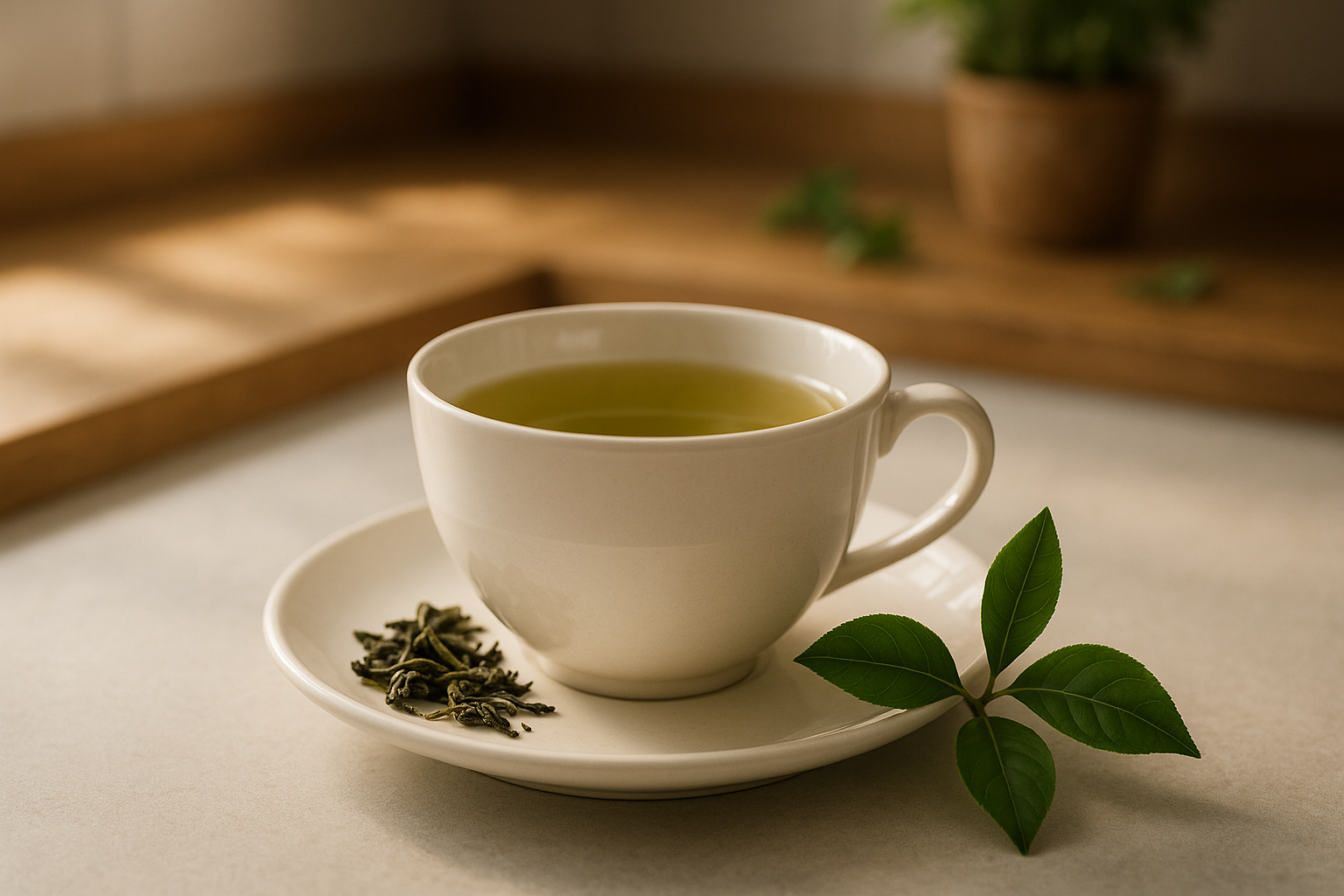How to craft quick herbal infusions for morning and evening
Simple herbal infusions can refresh your morning routine and calm your evenings without complex equipment. This guide outlines fast methods, ingredient choices, and ways to adapt infusions into beverages, mocktails, and low-sugar options while minimizing waste and using seasonal herbs.

Quick herbal infusions are a practical way to add flavor and ritual to both morning and evening routines. They can be made hot or cold, adapted into beverages and mocktails, and kept low in sugar while offering aromatic complexity. This article explains basic techniques, ingredient choices, and creative uses like syrups, bitters, and pairings, plus tips to reuse scraps and incorporate plant-based milks or probiotic elements safely.
Which herbs and bases suit quick infusions?
Choose herbs with clear flavor profiles and low bitterness for short infusions. Lemon balm, mint, chamomile, rosemary, and lavender release pleasant aromas quickly and work well in both hot and cold preparations. For bases, use freshly boiled water for hot infusions, room-temperature water for quick cold steeping, or neutral-tasting tea as a bridge. Green and white teas benefit from short infusion times; stronger black teas need shorter contact to avoid astringency. Adjust herb-to-water ratios to about 1 to 2 teaspoons of dried herb per cup for manageable strength.
How to craft quick morning infusions?
Morning infusions aim to be bright and invigorating. Combine mint, lemon peel, or rosemary with a mild green tea or a cold-brew approach for a gentle caffeine lift. To cold-brew, steep herbs and tea in cold water for 6–8 hours or overnight; this yields a smooth, less acidic beverage that’s ready by morning. Enhance with a splash of citrus or a low-sugar syrup if desired. For plantmilk options, prepare the infusion first, cool it, then stir in chilled plantmilk like oat or almond to avoid curdling and keep a silky texture in the morning beverage.
How to make calming evening blends?
Evening infusions focus on relaxation: chamomile, lavender, lemon balm, and small amounts of valerian or passionflower (if you’re familiar with them) can be used. Use hot water to extract calming volatile oils quickly, steeping 5–10 minutes depending on the herb. Make single-cup infusions or a small teapot to share. Avoid adding caffeinated teas late in the day; instead, use herbal bases. Keep added sweeteners minimal—consider a teaspoon of honey or a warmed low-sugar syrup to preserve the soothing profile without masking delicate flavors.
Can syrups, bitters, and mocktails be added?
Yes. Simple syrups (equal parts water and sugar heated until dissolved) can be infused with herbs for versatile mixers; to keep things low-sugar, make a 2:1 water-to-sweetener ratio or use reduced sweetener quantities. Bitters—concentrated tinctures of bitter botanicals—can add depth to mocktails when used sparingly. Combine an herbal infusion with a carbonated water base, a splash of infused syrup, and a few drops of bitters to create layered mocktails. Label homemade bitters and keep them in small amber bottles; they concentrate flavor, so a little goes a long way.
How to use plantmilk, fermentation, and probiotics?
Plantmilk can be paired with cooled herbal infusions to create creamy lattes or cold beverages; always cool the infusion first to prevent separation. Fermentation techniques, like making light kombucha or water kefir and flavoring them with herbal infusions, introduce probiotics and effervescence. To do this, brew a mild infusion, cool it, and use it as part of the second fermentation with kombucha or water kefir cultures for flavoring—monitor sugar levels and fermentation time to avoid over-carbonation. Be mindful that live cultures and certain herbs can interact, so research specific herb-culture compatibilities for safety.
How to pair seasonally and reduce leftovers?
Use seasonal herbs and produce to keep flavors bright and sustainable: citrus and mint in summer, rosemary and chamomile in cooler months. Save peels, stems, and gentle trimmings in a freezer bag for future stock or compost them to close nutrient loops. Leftovers from herbal infusions can be repurposed: turn spent herbs into lightly flavored syrups by simmering with a little sweetener, or add them to a compost bin with kitchen scraps. For cold-brewed infusions, refrigerate promptly and use within 48–72 hours for best flavor and safety.
Conclusion
Quick herbal infusions are adaptable tools for enhancing morning energy or evening calm. With simple herbs, mindful steeping times, and small additions like syrups, bitters, or plantmilk, you can build a repertoire of beverages and mocktails that suit different parts of the day. Seasonal pairings and thoughtful reuse of scraps reduce waste and expand flavor possibilities, making herbal infusions both practical and sustainable.





